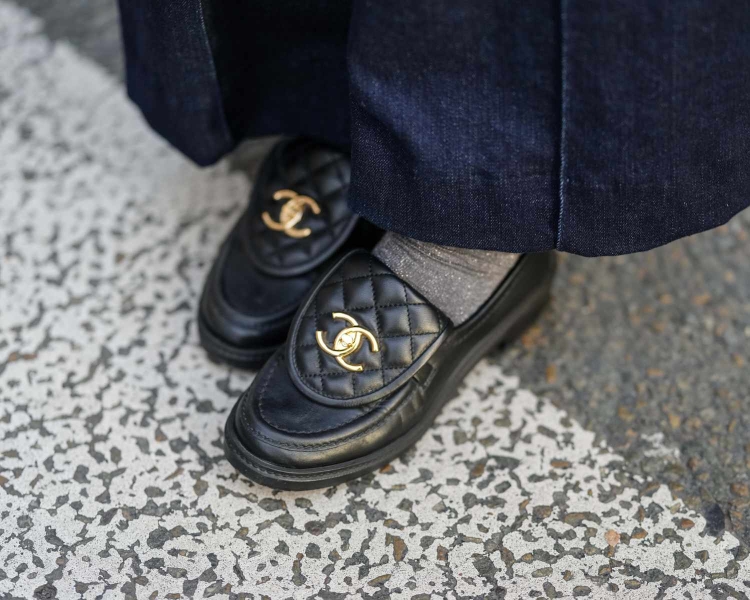Contents
According to the experts, these picks are worth your money without sacrificing style.
A “classic” shoe, like any timeless item in your wardrobe, should be a workhorse. It should work with a multitude of clothes you have, in more than one season. It should also be comfortable—both immediately and over time—and stylish enough that you want to wear it for years. This might sound like a tall order, but it’s easier than it used to be. “Today, fashion is all about versatility—anything goes, and trends have been moving towards classic styling,” says Gabrielle Thompson, director of footwear at the editor-loved shoe label Frankie4. “The old dress code that insisted on pairing heels with certain outfits now feels outdated.”
Wearing comfortable, supportive shoes will also make your feet (and by extension your body) much happier. “Wearing classic shoes that are comfortable and supportive is important as your feet are responsible for locomotion, balance, posture, and supporting the entire weight of your body,” explains Dr. Miguel Cunha, board-certified foot surgeon and founder of Gotham Footcare in New York, NY.
Below, experts recommended the classic shoes that will get you off on the right foot, no matter your style. Keep reading to learn more.
Sneakers
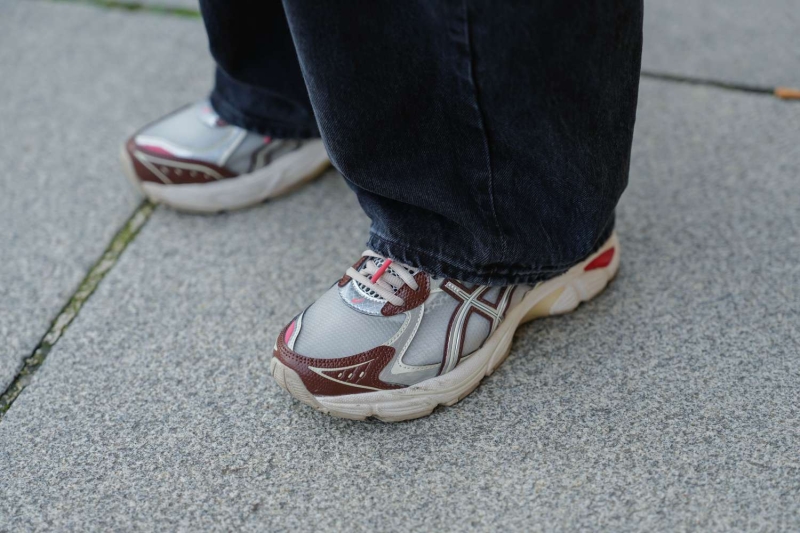
“Sneakers are the most comfortable class shoe style designed to support high-impact activities,” explains Cunha. “They provide superior cushioning, arch support, flexibility, breathability, and shock absorption for maximal comfort and versatility.” Adds fashion expert and stylist Naina Singla, “These are a must-have if you have an active lifestyle, wear a lot of looks that work with sneakers, attend more dressed-down events, or just want all-day comfort.”
Cunha loves Hoka, Brooks, Asics, New Balance, Mizunos, OnCloud, and Saucony for their supportive options. Singla adds New Balance and Nike as two of her favored brands; I like Coolway, Veja, and Cariuma. Do note that "good sneakers are designed to last for 300 to 500 miles, so you’ll need to replace them every six to ten months," says Cunha.
A Well-Fitting Flat
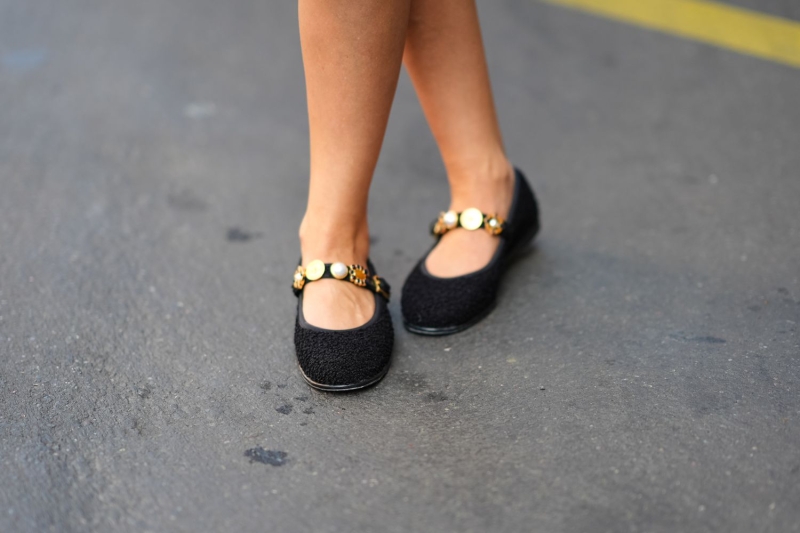
Considering that flats can be less structured than others on this list, look for foot support, rigidity in construction, and a good shoe back. Your perfect option will also depend on your style. "A Mary Jane works well with feminine looks, loafers work well with more masculine looks, and ballet flats work with almost everything!" says Singla.
Singla cites Repetto, Aeyde, and Ally as brands with good ballet flat options. Jeppe Bruun Fals, CMO and co-founder of Anonymous Copenhagen explains that ballerinas and Mary Janes “have become an iconic silhouette that withstands trends. Comfort and quality should always be prioritized in both cases, but classics are crafted to stay with you.” For Havva designer and founder Havva Mustafa, “A penny loafer has remained virtually unchanged since the 1930s. [There might be] small tweaks, like a new toe shape or a brand update, but it’s still the same core design.” “They’re as comfortable as sneakers but lift any outfit to make it more chic, even if you’re tired or not motivated to get super dressed up,” says Nomasei co-founder Paule Tenaillion.
Chelsea (or Otherwise Flat) Boots
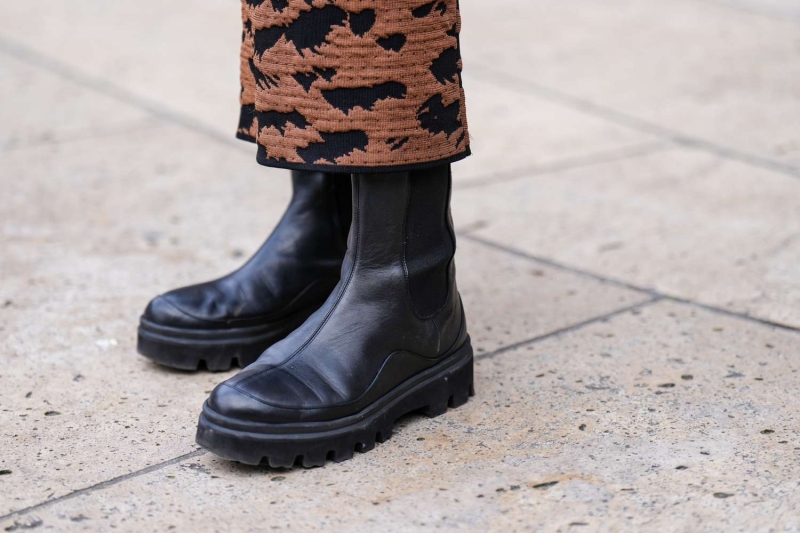
Alongside loafers, Cunha cites Chelsea boots (slip-on ankle boots with a substantial sole) as perfect for a more polished look than a sneaker. More broadly, a flat, supportive leather boot works well; you can style them like an Oxford or loafer. "You should be able to wear them to work, out to lunch, shopping, and so on, and they pair well with a variety of looks," says Singla, adding, "An almond or slightly pointed toe is good, as it doesn't feel too trendy." She cites Staud, Aeyde, and Madewell as brands with good options; I like Everlane, Vagabond, and Donald Pliner.
Boots With a (Very Small) Heel
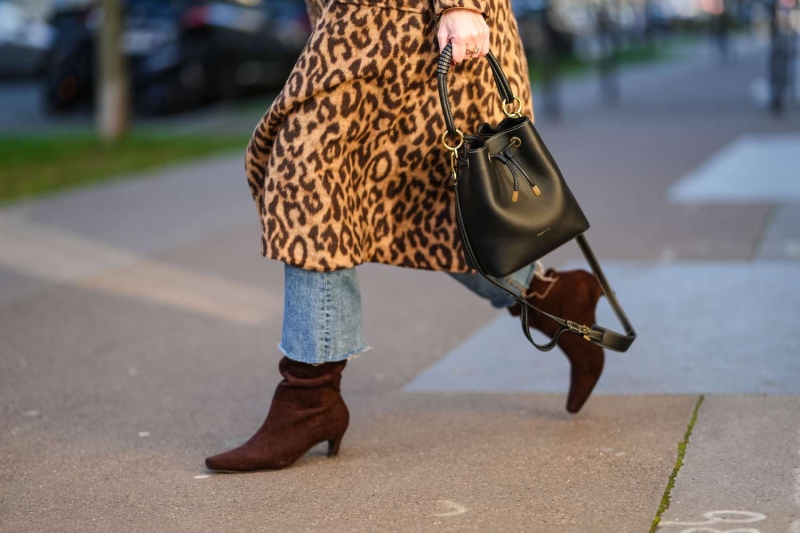
if you like heels, a boot is a good option because it offers more built-in stability. If you don’t like pumps or stilettos, a heeled boot might be a good alternative. Opt for “something elegant with a heel height that’s no more than 80mm [3.1 inches],” explains Mustafa, adding, “It’s a versatile style that works with jeans, skirts, trousers, and even shorts if you’re like me!” You can also add a bit of flair, from a chunky belt buckle to Western-style details. You can pick or short or tall height, depending on what’s most comfortable for you, and you can opt for a suede material instead of leather. Just make sure to continue prioritizing quality and comfort. I’ve liked Alohas, DuoBoots, Beckett Simonon boots in the past; Frankie4 actually provides multiple inserts with their boots that I can swap out when I need a tighter, looser, or more tailored fit.
Quality Sandals
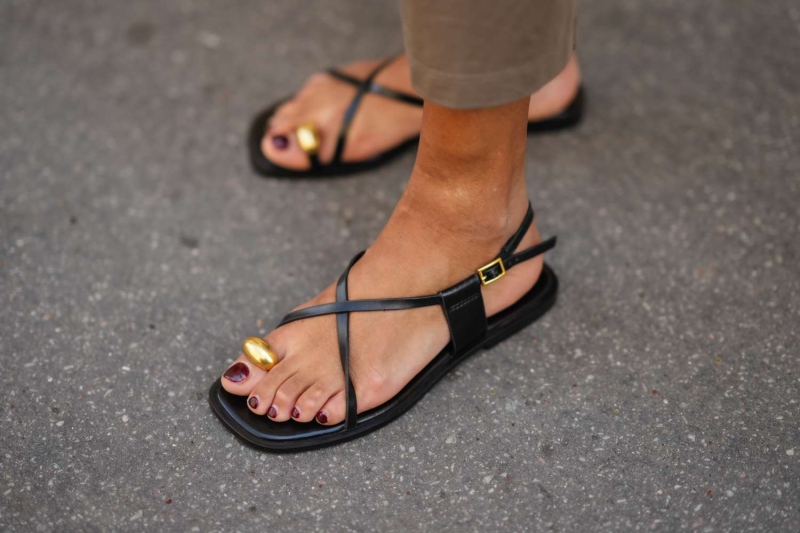
There are plenty of flimsy sandals out there, so a comfortable pair may be pricier because you'll get what you pay for. That doesn't necessarily mean chunky, though: "A more dainty and minimal sandal that has straps works well," explains Singla, citing Margaux and Reformation as having high-quality options. You'll want to look for the shoe to be well-made, from a supportive insole to straps that don't dig in. Citing their V-line-shaped platform sandals, Tenaillion notes that a good sandal serves much the same function in spring/summer as a boot in winter: flattering silhouette, insole support, and multifunctional for day and night activities. Make sure you try them on before you buy and carefully consider sizing, as your feet might swell in the heat.
Practical Pumps
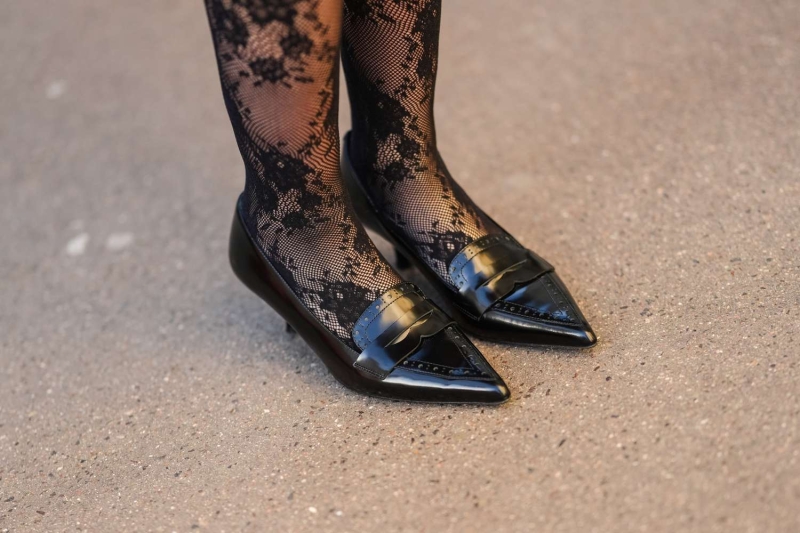
More so than any other pair on this list, a heel has the potential to do damage to your foot, so you must prioritize quality. "Heels can wreak havoc not only on your feet and ankles but they can harm your knees, hips, and spine as well," says Cunha. He adds that because heels alter the normal mechanics of foot movement, they can have "devastating effects on the entire body." He cites Naturalizer, Aerosoles, Cole Haan, Everlane, Inez, Vivaia, and Margaux as brands he's recommended to patients; Singla adds M.Gemi and Stuart Weitzman as brands that have worked for clients. Keep the heel low (less than three inches) and make sure the shoe is supportive, particularly the toe bed: "Excessively high heels can put excessive pressure on the balls of your feet, increasing pain and discomfort," explains Thompson.
What to Look For
To start, look at designs that have been regularly popular. "Visit vintage stores, browse through old fashion magazines, and observe which styles continue to reappear across decades," says Fals. "Focus on the pieces that serve a purpose in your wardrobe. A classic shoe is an investment, not only in style but in functionality." "For me, it’s about love at first sight, and when I automatically have three to four outfits in my mind that I could wear with the shoe," explains Nomasei co-founder Marine Braquet. When she's working with clients, "We ask simple questions, like 'Do you really wear heels in your daily life?' or 'Do you have clothes in your closet that matches this color of shoe?' to help them realize [their preferences] by themselves."
"I often tell my patients that fashion and comfort can coexist. [You] just have to just try wearing different brands that feel and look good," says Cunha, saying that (in addition to the above) he recommends Birkenstocks, Clarks, Dansko, and Vionic. He suggests looking for a rigid shank and heel counter, as well as a wide toe box, and comfortable footbed to ensure they're a good choice.
Make sure to replace your shoes often. Cunha suggests noting the date you purchased your shoes so you can track their age. Keep your shoes looking and feeling good by protecting and waterproofing the material, resoling, and making sure the heel isn't worn down, adds Mustafa.
What to Avoid
If your shoes lack support and structure, they're probably not going to hold up the way a classic shoe should. According to Cunha, watch out particularly for parts of the shoe that are flimsy (shank, heel counter), narrow (toe box), not shock absorbent (outsole), and not durable (bad materials). Remember: your shoes have to stand up to the elements. Singla adds that, even in your trendy, short-term shoes, "shoe comfort is so important; I don't have any clients who would want to wear shoes that aren't comfortable." Don't impulse buy your classic shoes, adds Mustafa. "I don’t rush when buying shoes. I give myself time to think about it. If I can see myself wearing them with a lot of outfits and still feel excited after a few days of thinking about it, I know they’re a good choice. But if I don’t feel any regret about not buying them, I probably wasn’t that into them to begin with."
How to Deal With Fit Issues
"When breaking in new shoes, start by wearing them indoors for 15 to 30 minutes at a time and gradually increase the duration over several days," explains Cunha. "This allows your feet to adjust without risking blisters or soreness. After three to four sessions, assess their comfort and fit before venturing outside." He also recommends stretching sprays or shoe stretchers, thicker socks to relieve pressure points, using a hair dryer to warm the shoes and help them conform to your feet, and moleskin blister pads and lubricants on areas prone to friction and chafing.
It's also worth noting that your classic shoe choices should feel good from the very beginning. "There’s a difference between breaking in a shoe and dealing with discomfort," explains Mustafa. "A well-fitting shoe might feel slightly stiff at first due to the nature of the leather, but it should never cause pain or blisters. Many classic shoes will naturally shape to your feet after a few wears, becoming more comfortable over time. However, if a shoe is genuinely uncomfortable from the start, it’s not the right fit. Life’s too short to wear shoes that hurt!"

